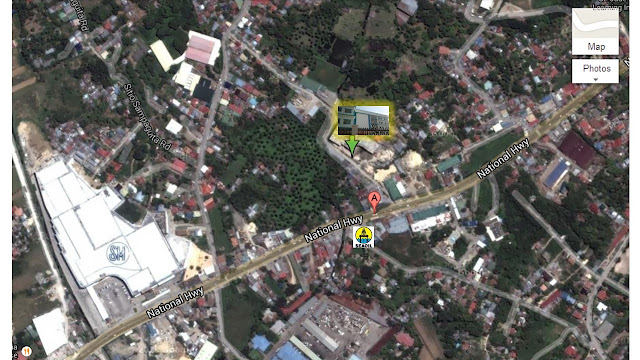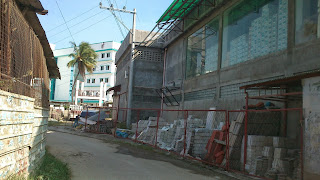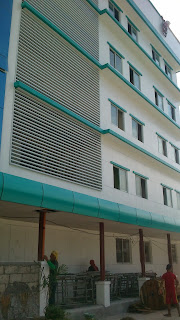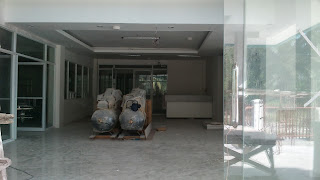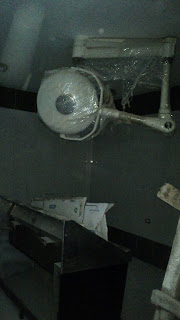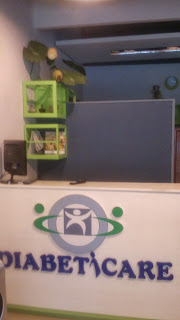Inspired by my #HealthXPh core collaborators colleagues' blog posts on
life with cancer or
life of a patient with prolactinoma, I am going to share how social media helped me as a patient during 2013.
You see, year 2013 was the most difficult for me. I thought I would not even reach December of this year.
I was diagnosed with End Stage Renal Failure secondary to my Polycystic Kidney Disease and things were looking bleak. I was losing weight fast and I was advised for kidney transplant. I do not have enough money for the kidney transplant and dialysis is too costly for someone like me who is not into clinical practice. Typical problems of patients, right? And as a doctor, I am now experiencing these very real problems.
But it turns out I have nothing to fear......Social media to the rescue! With the help of Facebook via
my Transplant Fund page, donations and from friends, family and even anonymous and unknown persons poured in. If I had a matched donor, I would have been able to afford the Philhealth Z-package for kidney transplant with the donations. Unfortunately, I am a CMV IgG antibody negative recipient-to-be and I am not covered under the Philhealth Z-package if my kidney donor is the opposite. The donations were still useful for my dialysis sessions though along with the very expensive antibiotics I was on during my days of frequent bouts of fever due to an infection in my initial temporary dialysis access.
I did not lose hope, thanks to Facebook, Twitter and Instagram. My spirits were always high and on the positive end due to continuous messages of support and even likes from social media. Believe it or not, it helped keep away depression for me along with writing for my blogs.
Even as I studied the signs and symptoms of my condition in medical school, nothing prepares you better of things to come than participating actively in online patient support groups where you "meet" persons in the same situation as you are. From pains here and there, questions on what to expect, previous experiences and a whole lot more. Links from Twitter, Facebook and social media aggregators taught me so many new things related or unrelated to my condition.
Unexpectedly, my network of friends not just online but offline increased now more than when I was physically at the peak of my health. More opportunities came now when I am relatively "sick" than when I was healthier and it came at the same time when I decided to tap social media's potential.
Slowly but surely, with hemodialysis and with the constant support obtained by way of social media, including moral support, I was able to regain my strength, my weight and my "healthy" appearance. I did not look sickly anymore. I was regaining my form.
Heck, I was actually on a roll towards the second half of 2013. From having frequent bouts of fever and chills, I was back to doing things. I even won a research grant this year! Also, thanks to the Lord, I won Personal Blogger of the Year in Best Cebu Blogs for 2013, got nominated for Blogger of the Year in the Globe Cebu Media Excellence Awards and was able to participate in the Google Educator Group's first Workshop for Teachers in Cebu. In the dialysis center, I was able to participate in the protest against Pork Barrel via selfie protest.
During the aftermath of Supertyphoonn Haiyan (Yolanda), in my own little way, I was able to help disseminate information for relief, help find missing persons and update loved ones of a certain town with the use of social media tools like
Facebook Page, Google Drive and Google Crisis Map.
To pay it forward, I founded a kidney patients' support group, the
Smiling Kidneys Club last November to help kidney patients cope with their condition positively again with the assistance of a social media component (Facebook page and group). We are planning many things for next year and we are lobbying for increased number of free Philhealth dialysis sessions, non-discrimination of dialysis patients who are also considered PWDs, equitable PCSO assistance across regions among many others. (Below is the video summary of my year).
2013: The Year That Was for CebuMDWith social media, I can still accomplish things from my dialysis chair or at home. It wouldn't require me to physically exhaust my energies. And it is helping me as well as helping others. All it took was having the positive mindset despite my difficult condition and the openness to use social media.
Why am I talking about this? It is to convince doctors and patients alike to be not afraid of social media. Definitely, social media along with other emerging technologies can have a positive impact in the healthcare of our country. And the potential of social media as a positive force gets even better with collaboration.
Come join us every Saturday starting January 4 at 10 AM via Google Hangouts on Air for #HealthXPh where we discuss emerging technologies in healthcare and social media with the improvement of Philippine healthcare in mind. Know more about HealthXPh
here.
Join the conversation in Twitter via hashtag #HealthXPh. The same hashtags can be used across other social media platforms. Join the
#HealthXPh Community in Google Plus or the
HealthXPh Community in Facebook or
our Facebook group. Updates and links on the Google hangouts will also be posted there.
![]()


